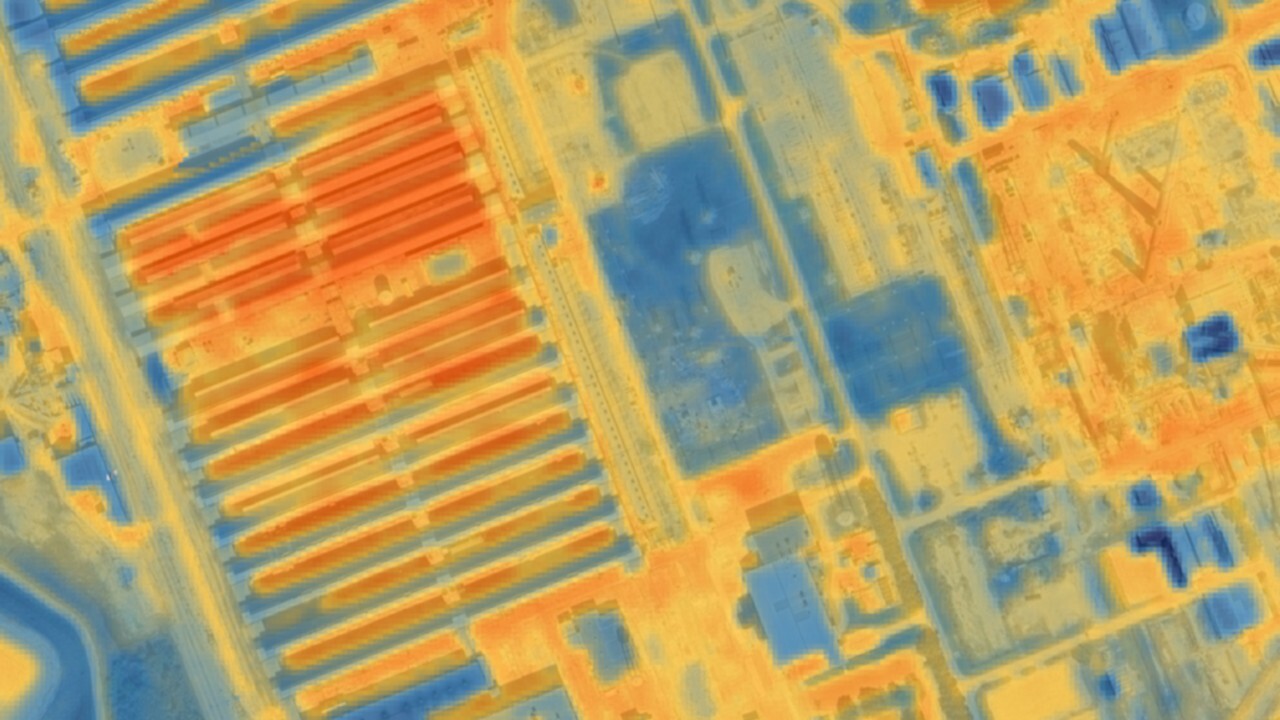Black hole 'volcanic eruptions' influence vast areas of intergalactic space, study shows
Plumes of hot gas and charged particles emitted by black holes drift across distances of hundreds of thousands of light years.
Bubbles of gas released by black holes spread across vast distances of the intergalactic space, affecting star formation thousands of lightyears away from their source, a new study shows.
Astronomers knew that black holes draw in matter from their surroundings due to their powerful gravitational pull. They also previously documented that some of this matter subsequently escapes in the form of jets of charged particles that squirt out at the speed of light out of the black hole's poles.
But it wasn't until this new study that they managed to document in detail how this ejected material spreads throughout the intergalactic space over hundreds of thousands of light years. The process is somewhat similar to the way in which ash clouds from volcanic eruptions on Earth propagate through the atmosphere and affect weather on distant continents, the scientists said in a statement.
"Our investigation shows how the gas bubbles accelerated by the black hole are expanding and transforming in time," Marisa Brienza, a research fellow at the department of physics and astronomy of the University of Bologna, Italy, and lead author of the study, said in a statement. "Indeed, they create spectacular mushroom-shaped structures, rings and filaments that are similar to those originating from a powerful volcanic eruption on planet Earth."
Related: Surprise discovery suggests that black holes are more complex than thought
These new insights were possible thanks to radio observations by the Low Frequency Array (LOFAR) and the German-led X-ray space telescope eROSITA.
The gas bubbles observed in this study emanate from a black hole at the center of a rather ordinary group of galaxies called Nest200047. The black hole, which lies about 200 million lightyears away from Earth, sucks in matter from its surroundings and at the same time releases powerful jets of charged particles and hot gas.
Breaking space news, the latest updates on rocket launches, skywatching events and more!
Using LOFAR, the largest low-frequency radio telescope in the world, astronomers in this study were able to observe how these jets create gas bubbles that over time transform into filaments as they drift farther away from their source and interact with objects in the surrounding universe. The observations were combined with images from eROSITA, the first space-based telescope capable of imaging X-ray radiation across the entire sky.
"For many years, researchers have been trying to figure out how much of the surrounding area a black hole can influence," Timothy Shimwell, of the Netherlands Institute for Radio Astronomy (ASTRON), which manages LOFAR, said in the statement. "The images we have created of this incredible system show that the answer is astonishingly large. The black hole doesn't just influence the host galaxy but instead it impacts a vast intergalactic environment which may contain hundreds of other galaxies, and it will affect aspects such as the rate at which stars form in those galaxies."
The LOFAR telescope, a network of tens of thousands of radio stations spread all over Europe but primarily residing in the Netherlands, enables astronomers to scan large portions of the sky with a very high resolution. The telescope has previously captured some of the most detailed images of distant galaxies and the jets of plasma emitted by them.
"This is yet another fantastic scientific breakthrough that LOFAR has facilitated and it's opened up a new avenue of research that is going to be actively pursued," Huub Rottgering, an astronomer at the University of Leiden, the Netherlands, and also a co-author of the paper, said in the statement.
The study was published on Monday (Oct. 18), in the journal Nature Astronomy.
Follow Tereza Pultarova on Twitter @TerezaPultarova. Follow us on Twitter @Spacedotcom and on Facebook.

Tereza is a London-based science and technology journalist, aspiring fiction writer and amateur gymnast. She worked as a reporter at the Engineering and Technology magazine, freelanced for a range of publications including Live Science, Space.com, Professional Engineering, Via Satellite and Space News and served as a maternity cover science editor at the European Space Agency.

